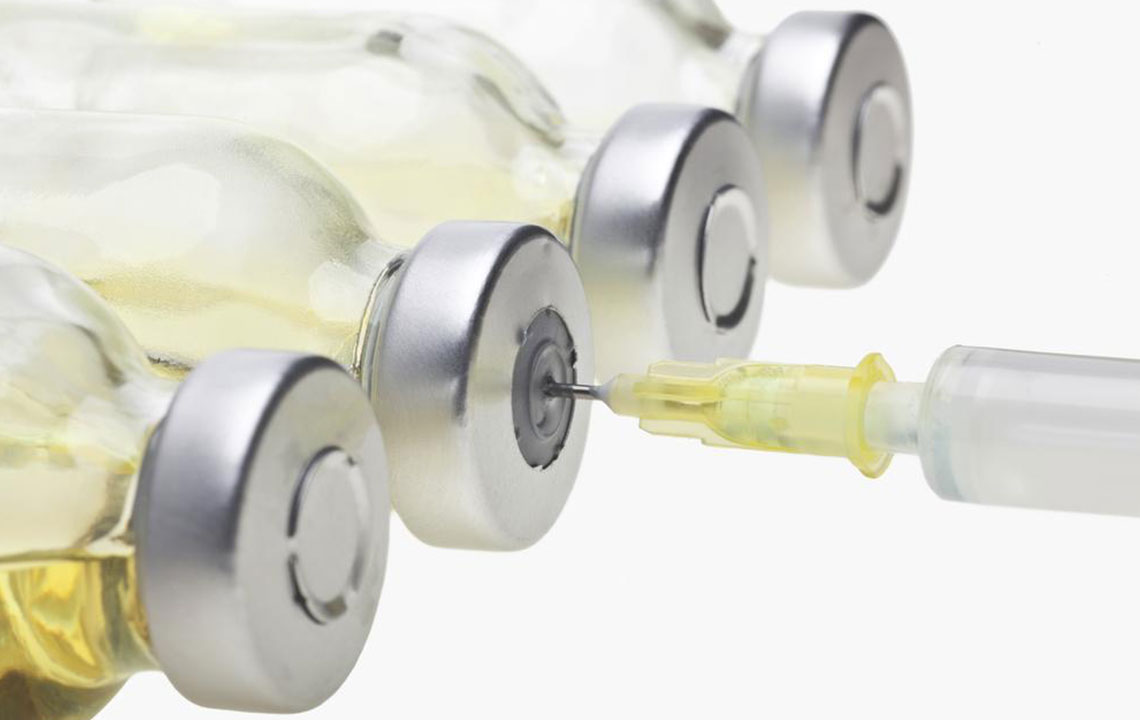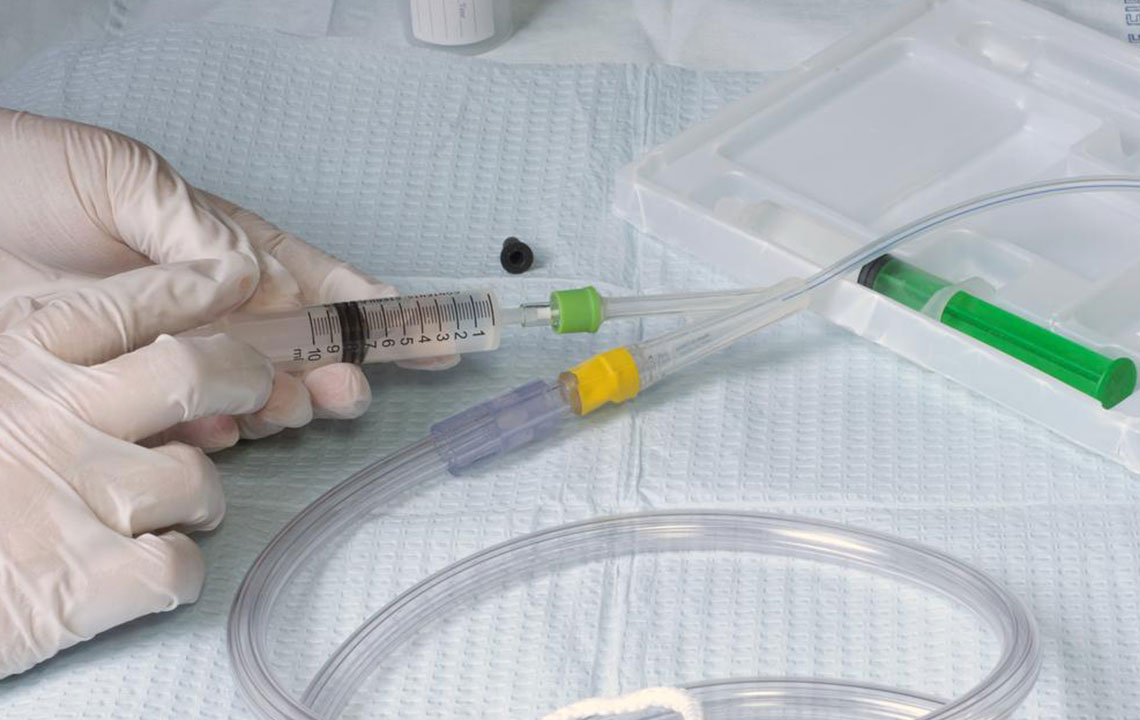Effective Use of Botox for Managing Overactive Bladder Symptoms
Discover how Botox can effectively treat severe overactive bladder symptoms, offering relief from urgency, frequency, and urinary incontinence. This minimally invasive outpatient procedure relaxes bladder muscles, significantly improving quality of life. Learn about the process, effectiveness, and benefits of Botox injections for bladder control.

How Botox Provides Relief for Overactive Bladder Conditions
Overactive bladder (OAB) is a common condition characterized by a sudden, urgent need to urinate frequently, often accompanied by involuntary leakage, known as urinary incontinence. This condition can significantly impair daily life, causing embarrassment, inconvenience, and emotional distress. Recent medical advancements have introduced Botox injections as a highly effective treatment option for those suffering from severe OAB symptoms. This minimally invasive therapy not only alleviates discomfort but also enhances the overall quality of life for many patients.
Understanding the Mechanism Behind Botox in Bladder Control
Botox, scientifically known as botulinum toxin, is a neurotoxin that temporarily paralyzes specific muscles. When injected into the bladder muscle tissues, Botox works by relaxing the hyperactive detrusor muscle, which is responsible for causing the frequent urges to urinate. This relaxation helps to increase bladder capacity and decrease involuntary contractions, thereby reducing the urgent sensations and leakage episodes associated with OAB. The procedure is straightforward, minimally invasive, and typically performed on an outpatient basis.
Following the initial assessment, the patient’s bladder is prepared for treatment by draining residual urine to ensure clear access for injections. Local anesthesia is administered via a catheter, numbing the area to minimize discomfort during the procedure. Once anesthesia takes effect, a cystoscope—a thin tube equipped with a camera—is inserted into the bladder to allow precise delivery of Botox into targeted regions. Using a flexible needle, the physician injects small amounts of Botox directly into various sites within the bladder wall. Typically, each injection uses about one milliliter of Botox, with the entire process lasting between 10 and 30 minutes. The number of injections administered can vary, usually ranging from 10 to 30 depending on the patient's condition and bladder size.
Evaluating the Effectiveness of Botox for Overactive Bladder
Patients with severe OAB symptoms often experience noticeable improvements following Botox treatment. Many report a significant reduction in urinary urgency, frequency, and episodes of incontinence. It is important to understand that the full benefits of Botox may not be immediately apparent and can develop gradually over the first few days after the procedure. For some, the effects can last up to 36 to 42 weeks, after which re-treatment may be necessary to maintain symptom relief.
Post-procedure, patients typically observe a marked decrease in the urge to urinate and a lower incidence of leaks, thus gaining better control over their bladder functions. This improvement translates into fewer trips to the bathroom and enhanced confidence in daily activities. While some individuals might experience mild discomfort initially, such as a burning sensation while urinating, this side effect is usually temporary and resolves quickly. Overall, Botox injections are considered a safe and effective method for managing severe overactive bladder symptoms and urinary incontinence.
In addition to Botox, lifestyle modifications—including reducing caffeine intake, practicing pelvic floor exercises, and bladder training—can support symptom management, especially in mild to moderate cases. Nevertheless, for patients with persistent or severe symptoms that do not respond to conservative therapies, Botox offers a promising solution that can significantly improve quality of life. With ongoing research and advances in medical techniques, Botox continues to stand out as a preferred treatment for those battling overactive bladder syndrome, offering hope and relief to millions around the world.





